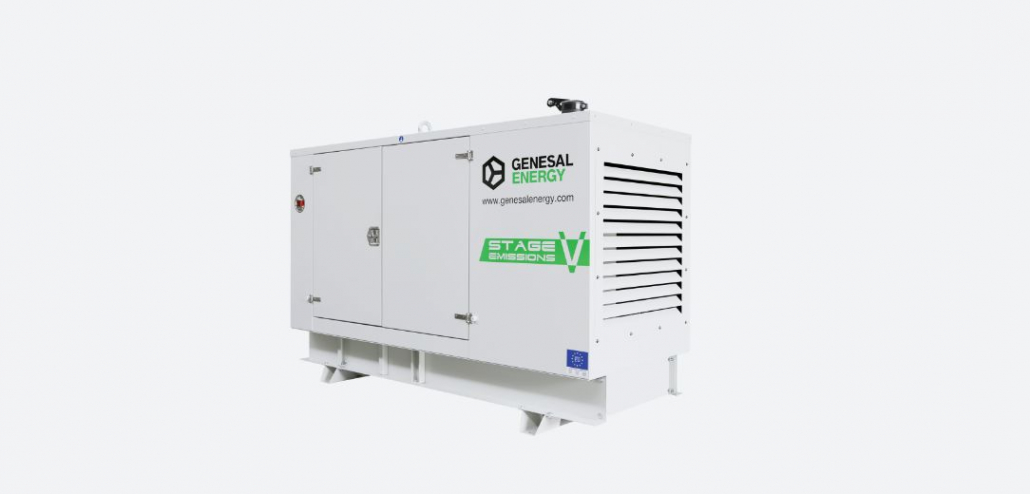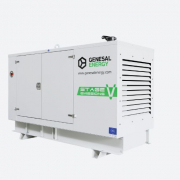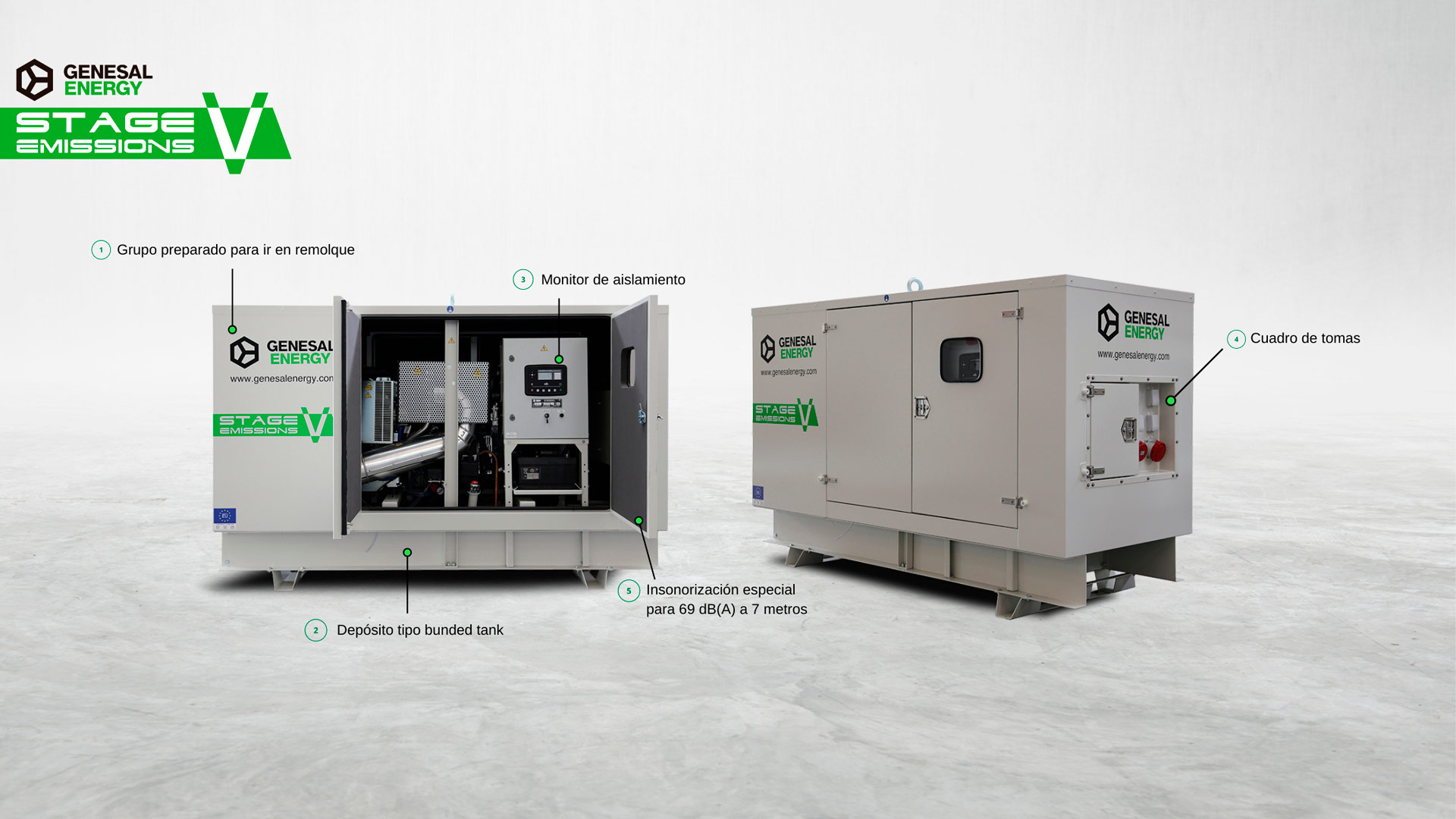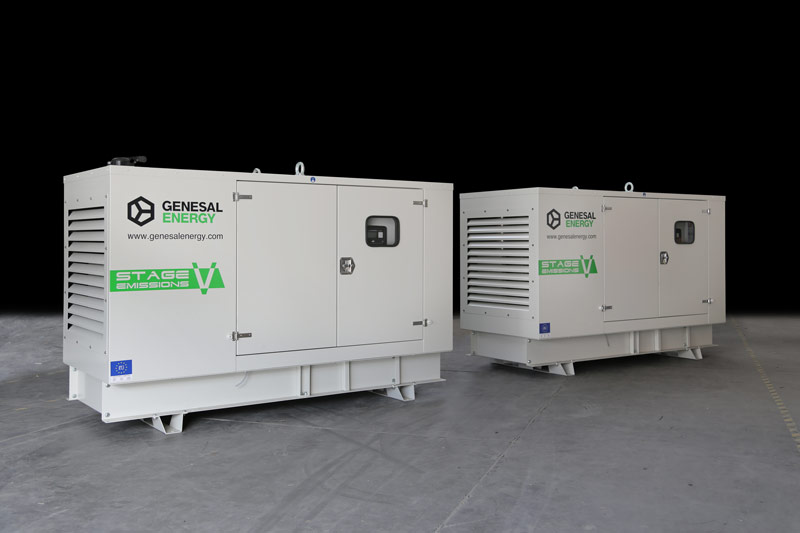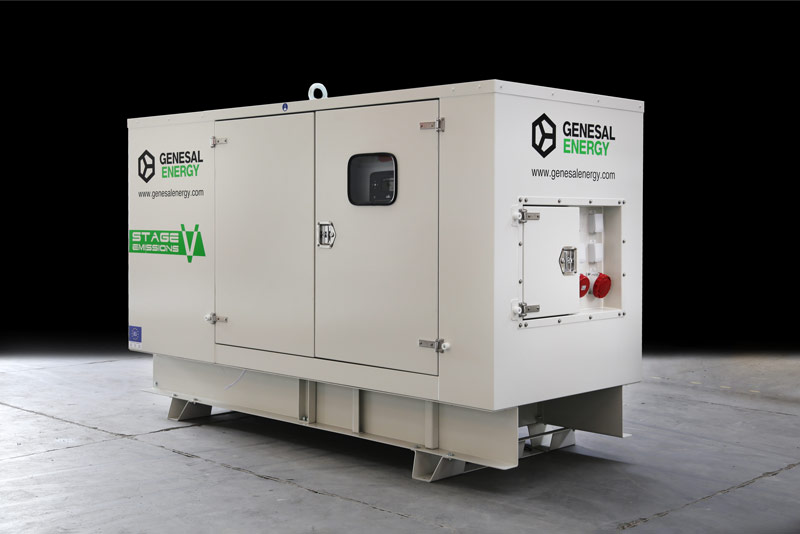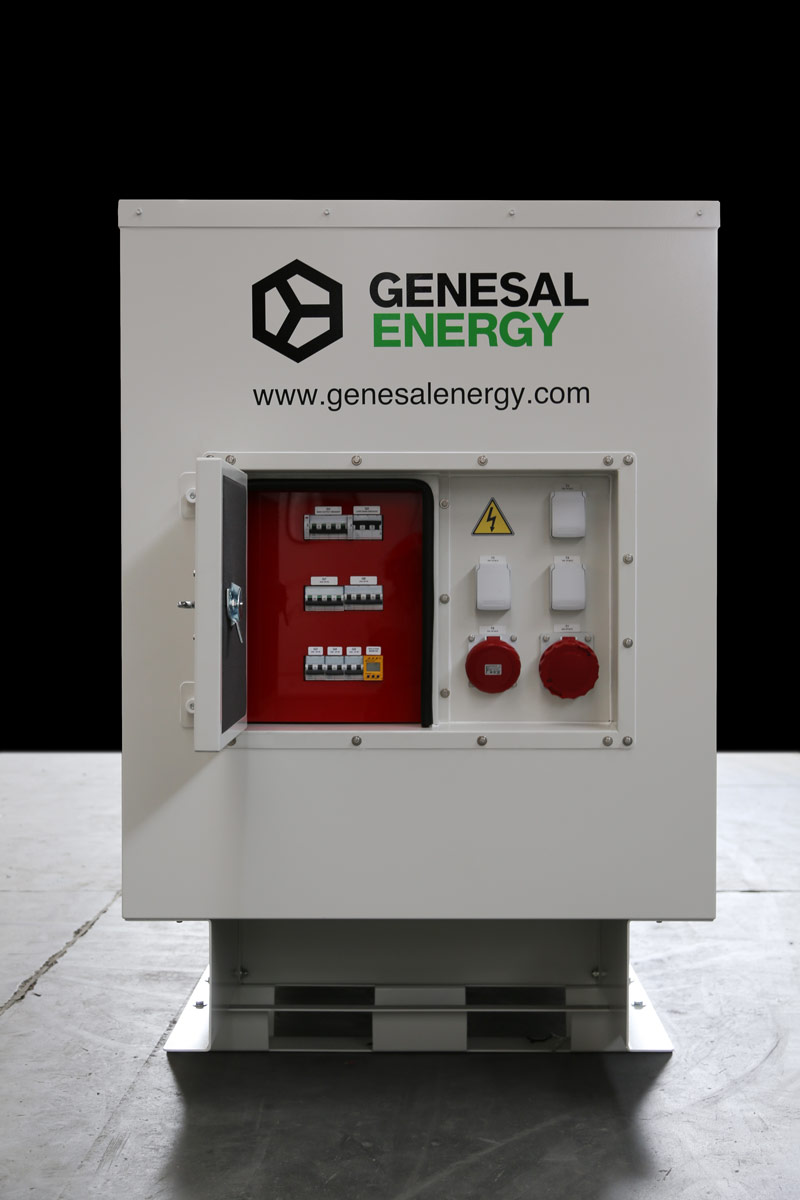Innovation for a sustainable future
Only through innovation will it be possible to reduce CO2, improve energy efficiency and alleviate pressure on natural resources.
María Teresa Costa i Campi, Professor of Applied Economics at the University of Barcelona.

In this world where climate change and environmental degradation are critical issues, technological innovation must take on a leading role in sustainable development. Without the convergence between technology and sustainability, it won’t be possible to tackle the environmental and social challenges of the current climate crisis.
The role of technology in society
Technology has always been a driving force in human progress, transforming the economy and helping to improve the standards of life. However, this progress has entailed significant environmental impacts: from air and water pollution to unsustainable exploitation of natural resources. The flip of the coin is that technological innovation has been part of the problem and must become an essential part of the solution.
Technology has to foster more sustainable practices, namely: the development of clean energy, the creation of more efficient products or the implementation of less polluting practices. Innovation is at the core of this strategy, searching for new ways of meeting the needs of today’s society without compromising the health of the planet.
Sustainable fuels: the backbone of the energy future
The transition to sustainable fuels is one of the pivotal elements in the fight against climate change because, although great progress is being made in the field of renewable energies, it is not possible to fully electrify all sectors. It is therefore essential to explore and develop sustainable fuel alternatives which can reduce dependence on fossil fuels.

Hydrobiodiesel, or HVO (Hydrotreated Vegetable Oil), is one of these alternatives. It is produced from vegetable oils and animal fats and, unlike conventional biodiesel, it is obtained through a hydrogenation process, resulting in a cleaner fuel with better combustion properties. HVO significantly reduces CO2, NOx and particulate emissions compared to fossil diesel, and is compatible with existing distribution infrastructure and current diesel engines. In addition, HVO has a similar energy density to conventional diesel, making it a practical and efficient option for transport and other energy applications.
On the other hand, within gaseous-fuels sector, Hydrogen (H2) holds another great promise. When used in fuel cells, this gas can produce electricity with water as the only by-product, making it a zero-emission solution. In addition, it is also possible to produce hydrogen in a sustainable way by electrolysis of water using renewable energy. If this is the case, no CO2 emissions are produced, and the product obtained is known as “green hydrogen”. The adoption of hydrogen as a fuel can significantly contribute to the decarbonisation of sectors which are difficult to electrify, such as heavy transport, aviation and industry.
Also Biogas, which is a mixture of gases produced by the decomposition of organic matter in the absence of oxygen. This gas is mainly composed of methane (CH4) and carbon dioxide (CO2); and its production from agricultural residues, manure, organic waste and wastewater not only provides a renewable energy source, but also helps to make waste management more efficient. Biogas can be purified to obtain biomethane, which has similar properties to natural gas and can be used in the existing gas grid.
Energy efficiency: advanced management systems
To maximise the benefits of any energy source, whether renewable or non-renewable, it is crucial to implement advanced energy-management systems. These systems make it possible to monitor, control and optimise energy use in different sectors. Improving efficiency and reducing consumption leads to reduced emissions.
There are a number of ways to improve the efficiency of energy systems, including the application of management algorithms. These allow energy production and consumption to be dynamically adjusted according to supply and demand. E.g. In solar or wind farms, such algorithms can forecast energy availability and adapt production accordingly, optimising performance.
In the current context, where the aim is to insert renewable energies into the electricity grid, the combination of management algorithms & energy storage systems is truly relevant. This type of energy being intermittent by nature prevents any kind of control over its availability but storage systems, such as batteries, can capture excess energy when it is available and release it when needed. Unfortunately, batteries cannot manage it efficiently on their own. Management algorithms allow them to streamline storage and optimise its operation based not only on energy demand, but also on system conditions.
Also, one of the pillars of the energy transition is the rise of micro-grids and smart grids, where various distributed energy sources, small-scale storage systems and consumer sources are integrated. Although it is not easy to manage all these elements in an efficient and coordinated manner, advances in control algorithms facilitate this task, making it possible to improve the stability and reliability of grids.

AI: Sustainability engine
Artificial Intelligence is transforming our approach to environmental challenges by offering innovative and efficient solutions to reduce the environmental impact of industrial operations. Its application to predictive maintenance extends the lifetime of equipment, reduces waste and optimises resource consumption.
Predictive maintenance consists of supervising the operation of equipment using real-time monitoring techniques, data analysis and AI to detect problems before they occur. It guarantees that the necessary actions are taken when they are needed, reducing labour & parts costs and downtime as well as increasing operator availability.
Firstly, there is a reduction in emissions generated by transport during maintenance by minimising unnecessary servicing and thus the number of trips operators have to make. In addition, significant energy savings are achieved by keeping equipment in optimal working condition, avoiding the excessive consumption that is often caused by faulty or poorly maintained equipment.
Another key point is the optimisation of the materials’ costs. Identifying and correcting potential faults before they become major problems, make repairs simpler and less costly. E.g. Detecting a faulty engine-oil filter and replacing it is a simple and inexpensive task that, if not addressed in time, can lead to engine overheating and more serious and costly repairs.
Finally, predictive maintenance contributes significantly to reducing the amount of waste generated. Prolonging the lifetime of equipment and avoiding catastrophic failures that might require complete replacements reduces the amount of waste produced, promoting more sustainable and responsible resource management.
Genesal Energy: committed to sustainable innovation
Genesal Energy firmly believes that technology and innovation play a pivotal role in the energy transition towards a more sustainable future. We participate, often in collaboration with various public and private institutions, in the development of new technologies that help fight climate change. Not only are we committed to efficiency in all our products, but we are also constantly working to improve distributed generation systems so that they can operate with sustainable fuels. E.g. Our HVO, hydrogen and biogas projects or OGGY, our own intelligent energy storage and management system which allows us to optimise all our energy flows, both generation and consumption.
We are also willing to innovate in our own production processes. This is why we integrate sustainable practices at the heart of our operations through initiatives such as the installation of a photovoltaic façade or the reuse of energy in our premises.
We are proof that is possible to balance economic growth and environmental sustainability. Leading the way towards a greener and more responsible energy future.




